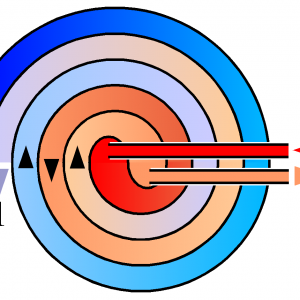E – 1349 Animal Impacts on Earthen Dams
$175.00
Courses Included
This course introduces the reader to the basic principles of identifying problems in existing earthen dams caused by animal activity. This manual summarizes FEMA’s effort to provide a comprehensive survey of animal impacts on earthen dams across the United States. The results of the survey indicate that there is too often a wide gap between the known best practices of animal activity relative to dam safety and the perceived acceptable level of maintenance by many dam owners.
In 1999, FEMA and the Association of State Dam Safety Officials (ASDSO) jointly conducted research on the national problem of animal intrusion damage to earthen dams. A joint workshop united dam owners, engineers, state and federal regulators, wildlife managers, foresters, and academia to create a comprehensive document to combat the growing problem of earthen dam damage and failures due to animal intrusion. The findings of the research indicate that while most states recognize animal intrusion as a problem, only a handful offer guidance on dams and wildlife management practices to the dam professionals and owners.
Cumulatively, the states identified nuisance wildlife which were most likely to be a threat to dam safety. This manual discusses 23 species with regard to habitat, behavior, threat to dams, food habits, identifying characteristics, and management options. While the states are fully aware of the potential adverse impacts wildlife activity can have on earthen dams (such as failure), private dam owners and local dam operators are often not aware of potential problems, and thus may not conduct inspections with wildlife damage in mind.
This course demonstrates that some animal activity can potentially damage earthen dams beyond repair, and emphasizes the concept that delayed control and repair of animal activity usually results in increased total costs of repair.
This course includes a multiple choice quiz at the end and is intended to provide 8 hours of professional development.






